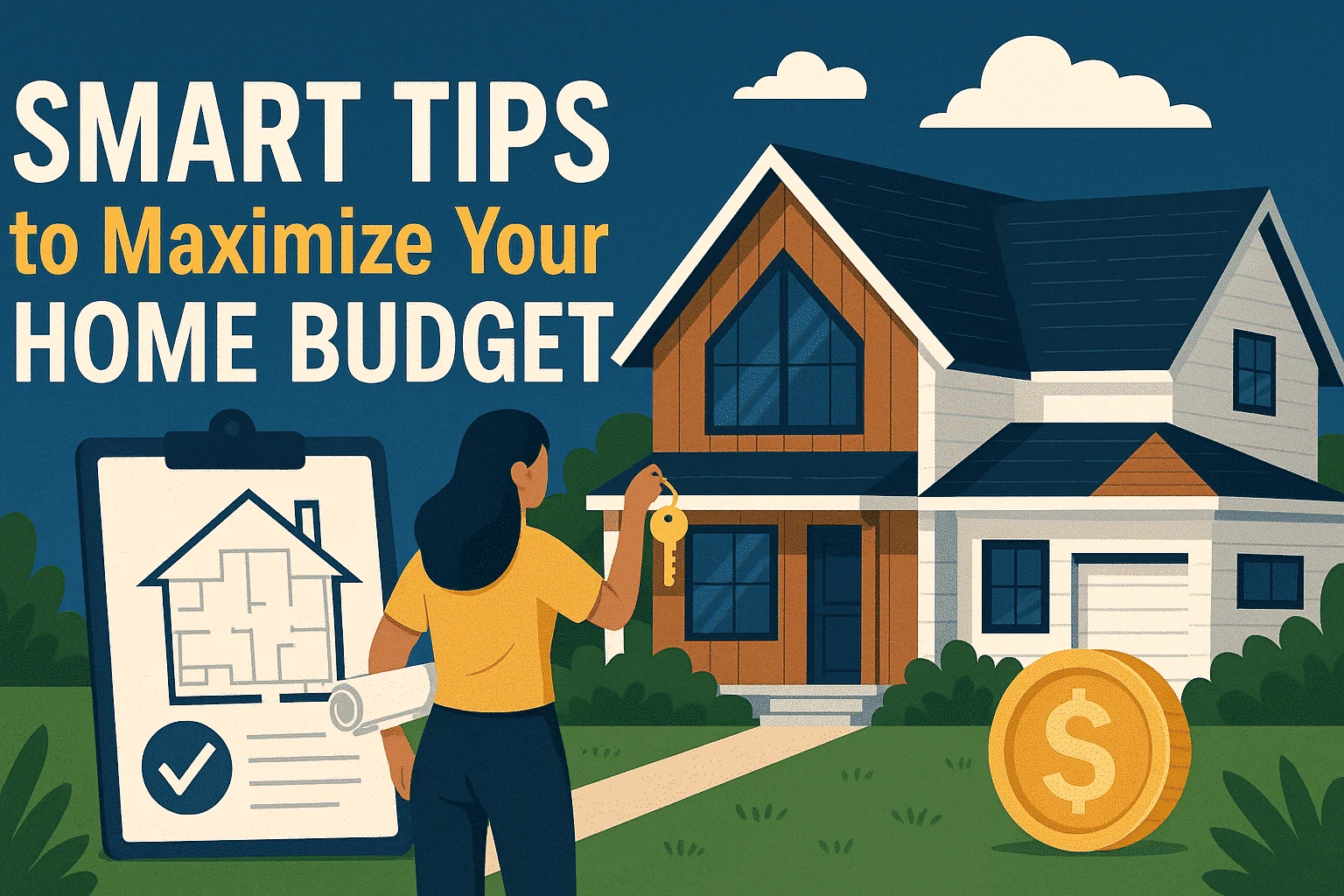
Affordable Dream Houses: Smart Planning for Cost-Effective Home Design
Build Your Dream Home Without Overspending
Practical Strategies for Designing a Stylish and Affordable Home
Creating your dream home doesn’t have to mean exceeding your budget. With the right strategies, you can design a comfortable, functional space that fits your lifestyle and keeps costs under control. Whether you need compact layouts, flexible floor plans, or energy-efficient designs, the following tips will help you maximize your investment.
1. Plan the Right Size and Layout
Careful planning of your home’s size and layout is one of the most effective ways to stay within budget while still getting the features you want. A smaller footprint paired with an open floor plan can make your space feel larger and more inviting without increasing construction costs. If you prefer single-level living, consider ranch-style house plans for easy accessibility and streamlined builds. Multi-story layouts can save on land costs while allowing for more separation between living and sleeping areas. When choosing, think about how your lifestyle will evolve over the years — a flexible floor plan today can save you from costly renovations tomorrow.
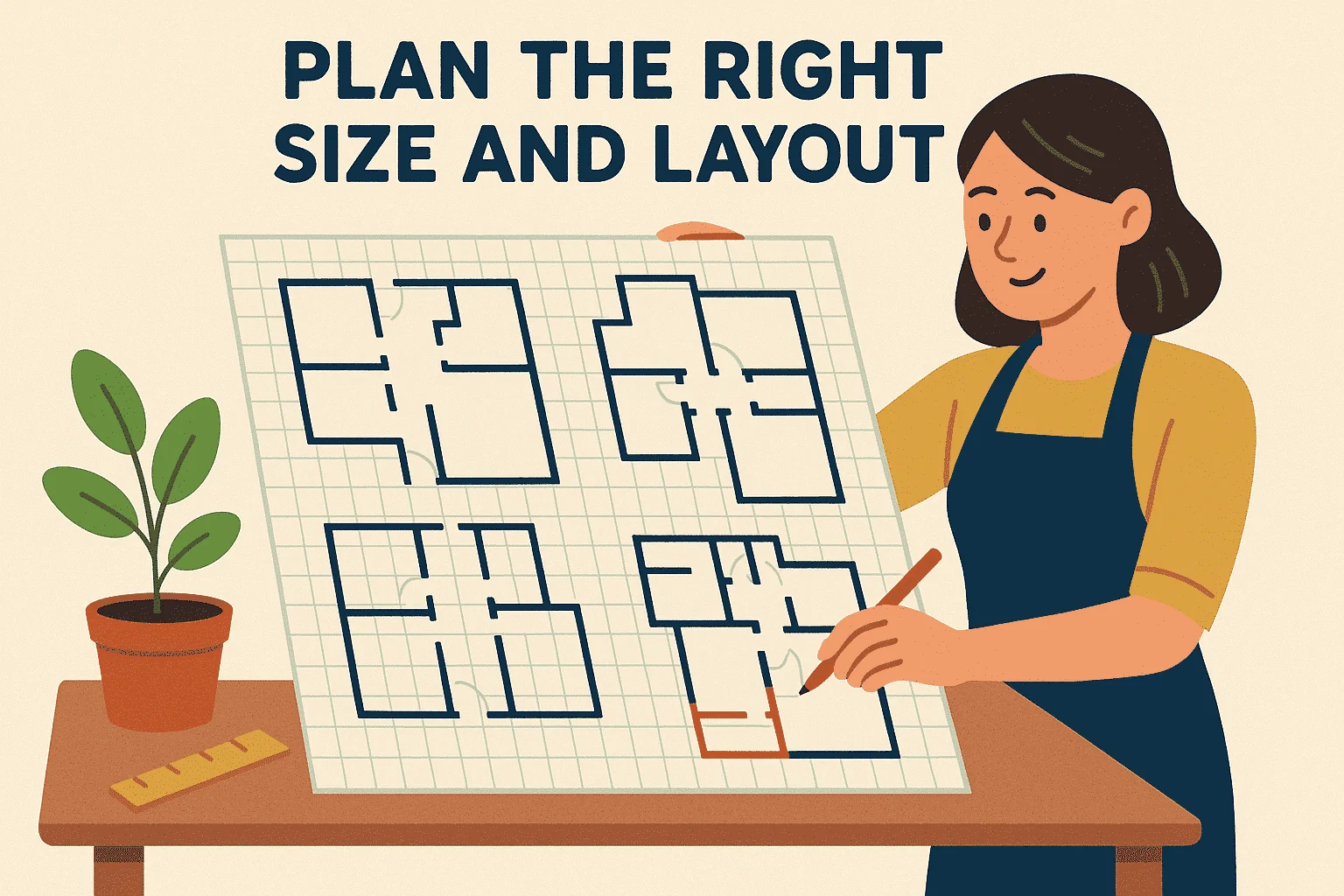
2. Use Cost-Effective Building Materials
Material selection plays a major role in determining both your upfront and long-term costs. Instead of high-end finishes, choose durable, affordable alternatives that mimic the look you love without the premium price tag:
- Engineered wood instead of hardwood flooring
- Vinyl or fiber cement siding instead of full brick
- Prefabricated panels to speed up construction and cut labor costs
If you’re aiming for timeless style, you might explore Craftsman house plans, which often incorporate cost-friendly materials without sacrificing charm. For sustainability tips, the U.S. Department of Energy’s guide offers valuable insights on choosing energy-efficient and eco-friendly building products.
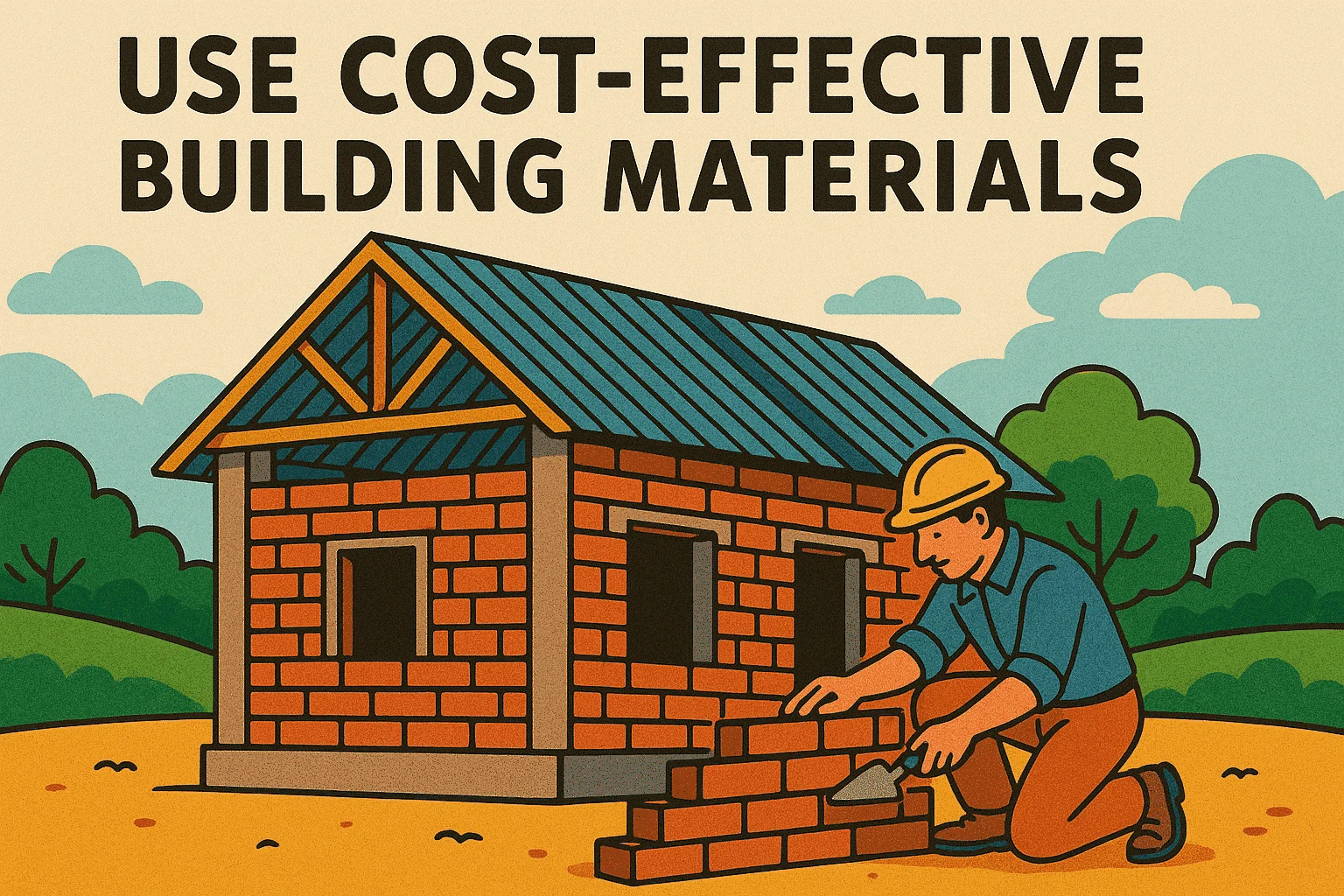
3. Invest in Features That Add Long-Term Value
When working with a tight budget, prioritize upgrades that will save money or add value over time. Focus on:
- High-performance insulation to reduce heating and cooling costs
- Energy-efficient windows that improve comfort and efficiency
- Smart home systems for added convenience and security
- Multipurpose rooms that can adapt to changing needs
For example, home office layouts can be repurposed into guest rooms or hobby spaces as your lifestyle changes. These strategic investments ensure your home remains functional and appealing for years to come.
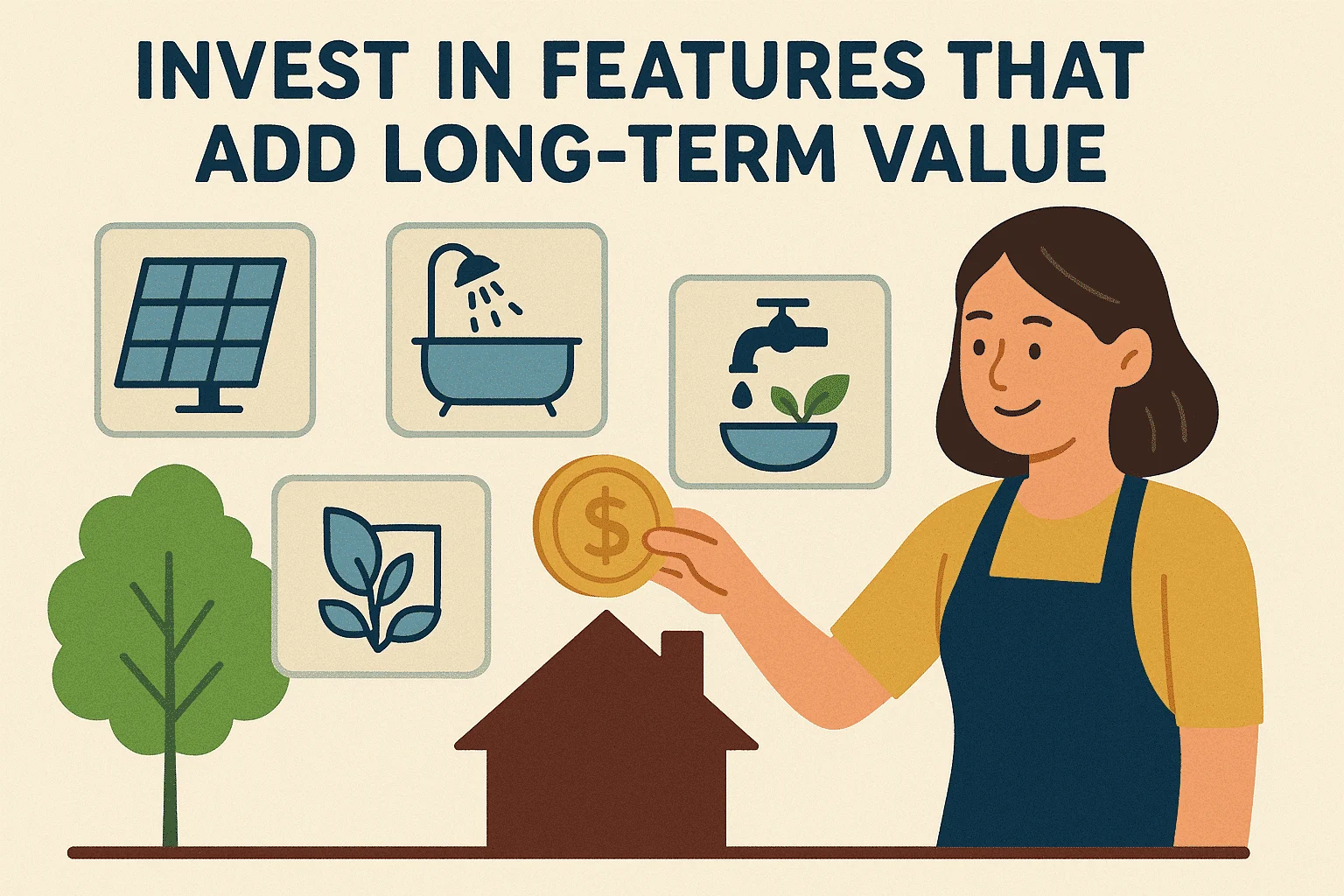
4. Consider Ready-Made House Plans with Customization Options
Custom architectural designs can quickly inflate your building costs, often adding months to your project timeline. Ready-made plans — such as our simple house plans — offer pre-approved layouts that include architectural drawings and structural engineering details, ensuring compliance with local codes. These plans can be modified to suit your needs without the full expense of starting from scratch. Even small changes — like adding a covered porch or adjusting room sizes — can be implemented affordably through house plan modification services, giving you a tailored home without custom design prices.
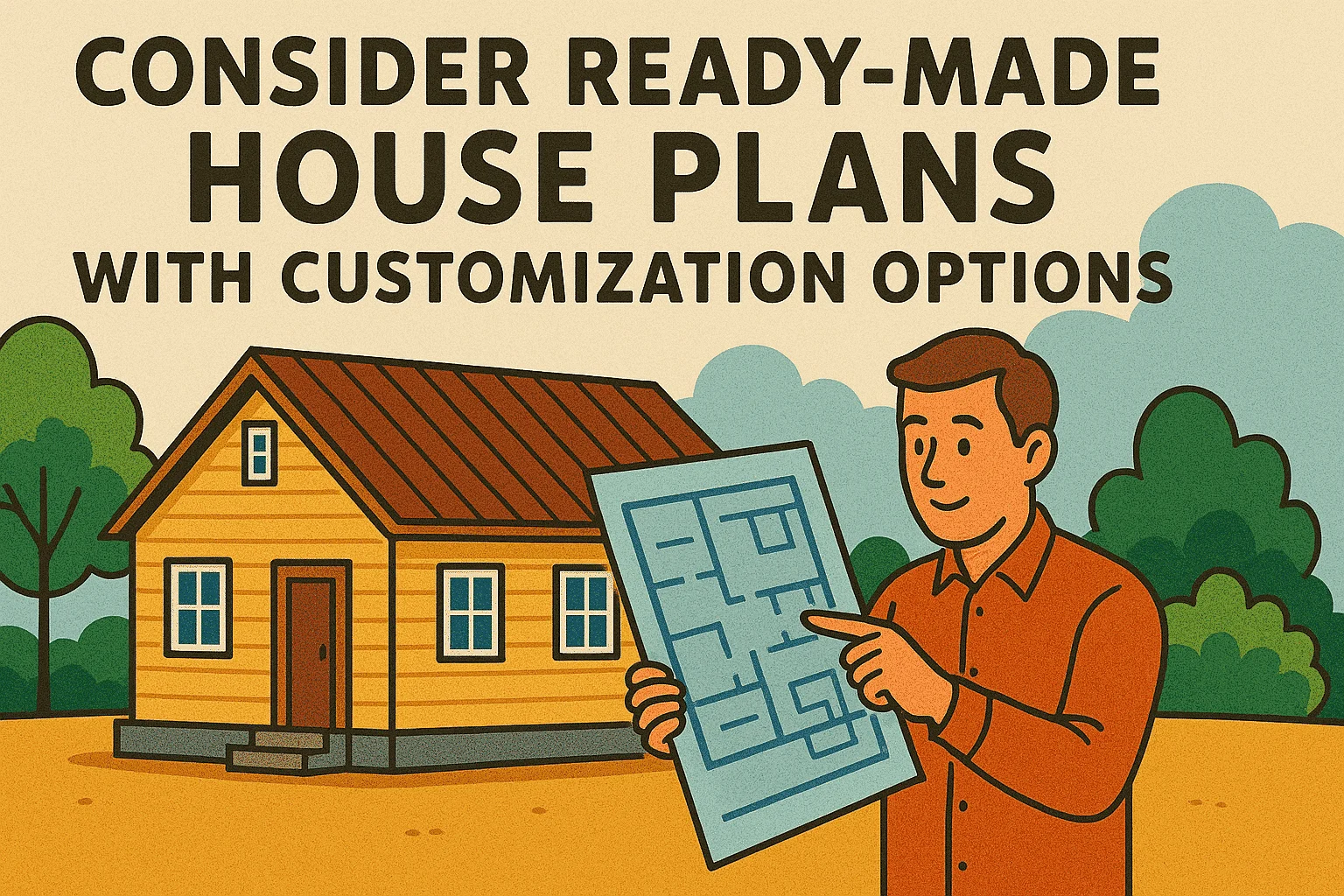
5. Reduce Maintenance and Utility Costs
Long-term savings are just as important as your initial construction budget. Low-maintenance siding such as fiber cement, durable roofing like metal panels, and composite decking can reduce upkeep and replacement expenses over decades. Energy-efficient HVAC systems, LED lighting, and water-saving fixtures lower utility bills year after year. Consider integrating features like walk-in pantries that improve organization and reduce food waste, or spacious laundry rooms that make household chores more efficient. The goal is to build a home that not only looks great but also works hard for you with minimal ongoing effort.
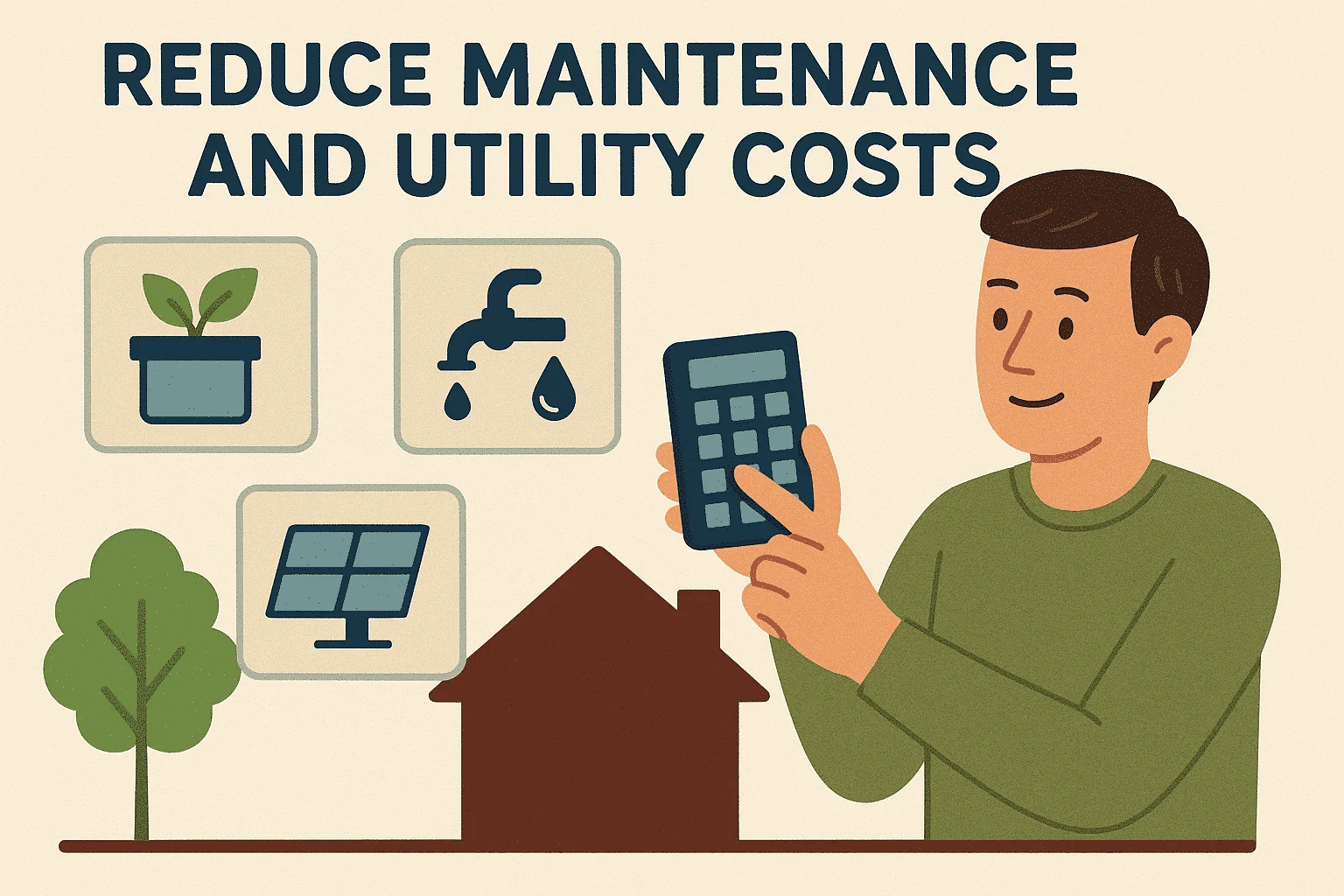
Reduce Maintenance and Utility Costs
6. Take Advantage of Energy-Efficient Design Principles
Energy efficiency doesn’t just reduce your carbon footprint — it directly impacts your wallet. Incorporating passive solar design, optimal window placement, and well-planned insulation can drastically cut heating and cooling costs. Explore fireplace-inclusive designs that provide both warmth and ambiance, or covered deck layouts that shade interiors during hot months. Many of these features can be built into ready-made plans without significantly affecting construction costs, ensuring your home is both comfortable and cost-efficient.
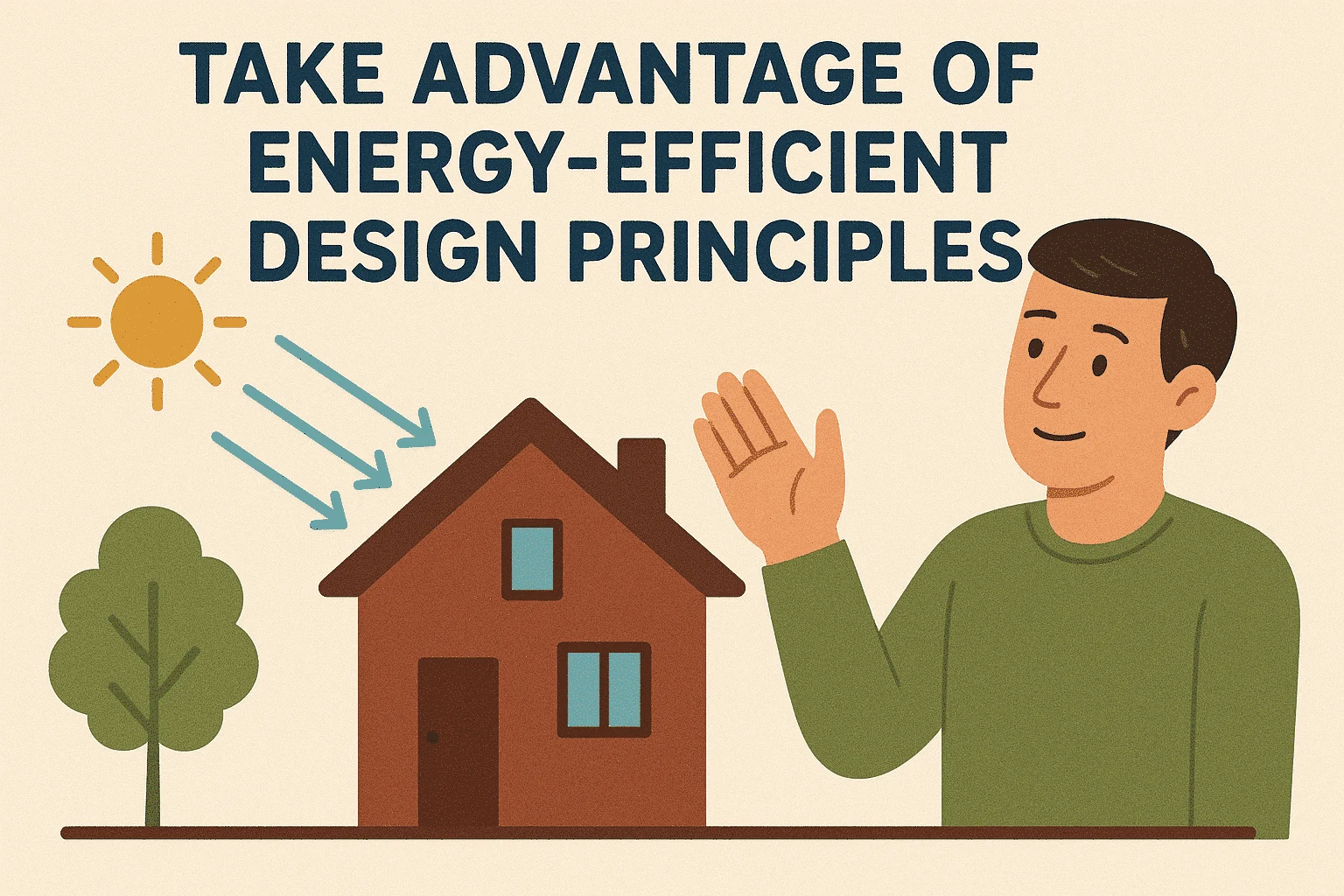
7. Plan for Future Expansion and Flexibility
Your needs today may not be the same as your needs a decade from now. Choosing a design that allows for future expansion — such as bonus rooms above garages or unfinished basements — can save significant costs when life changes occur. This forward-thinking approach means you can start with a smaller, more affordable build now, then expand or reconfigure your home later without starting from scratch. It’s a smart way to stay budget-conscious while still preparing for the future.
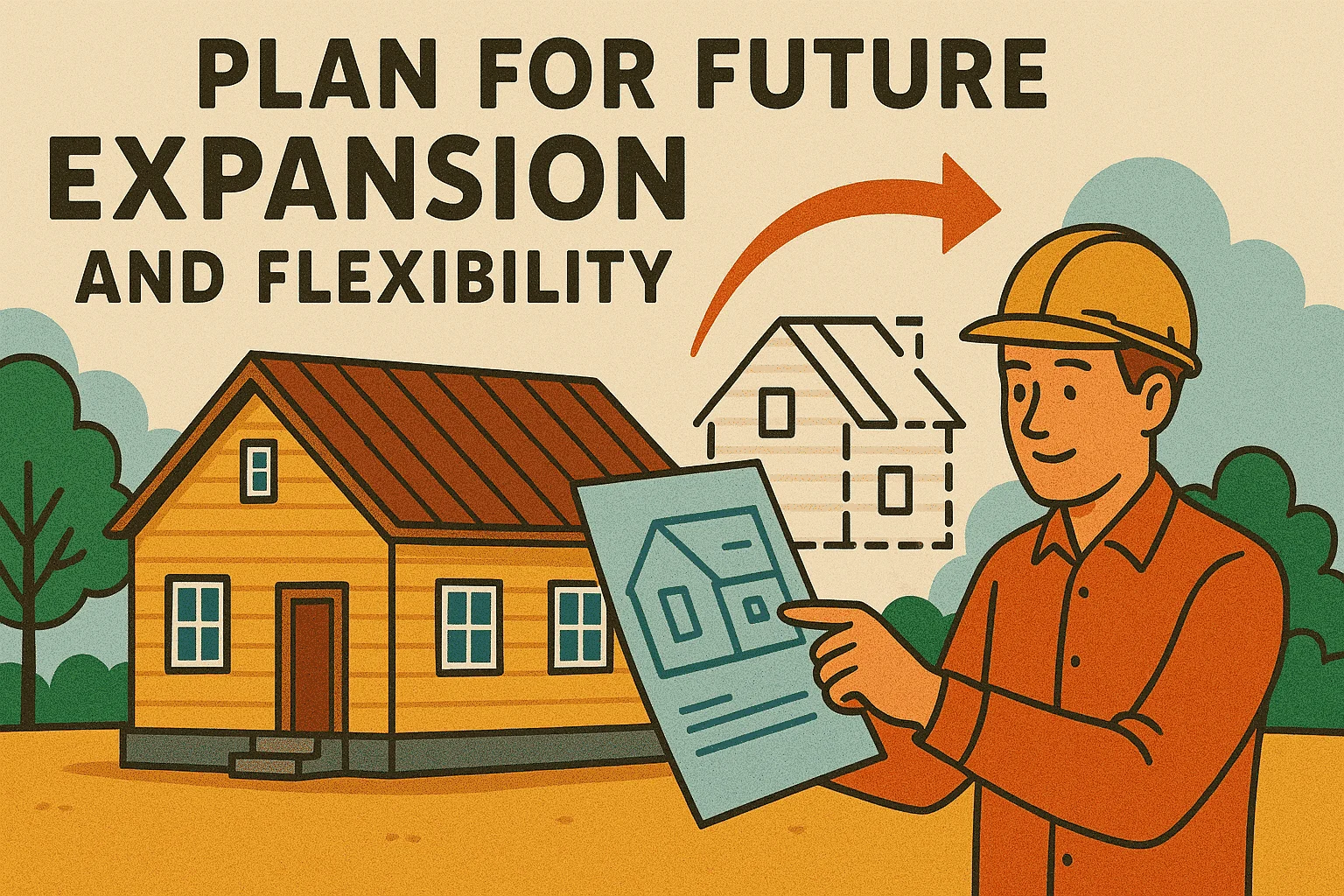
Start Your Home Design Journey Today
At My Home Floor Plans, we make building your dream home affordable with free foundation adjustments, unlimited build licenses, and flexible customization options. Whether you’re drawn to farmhouse-inspired layouts, modern designs, or cozy cottage homes, we have a plan that fits your style and budget — helping you save money without sacrificing quality.

